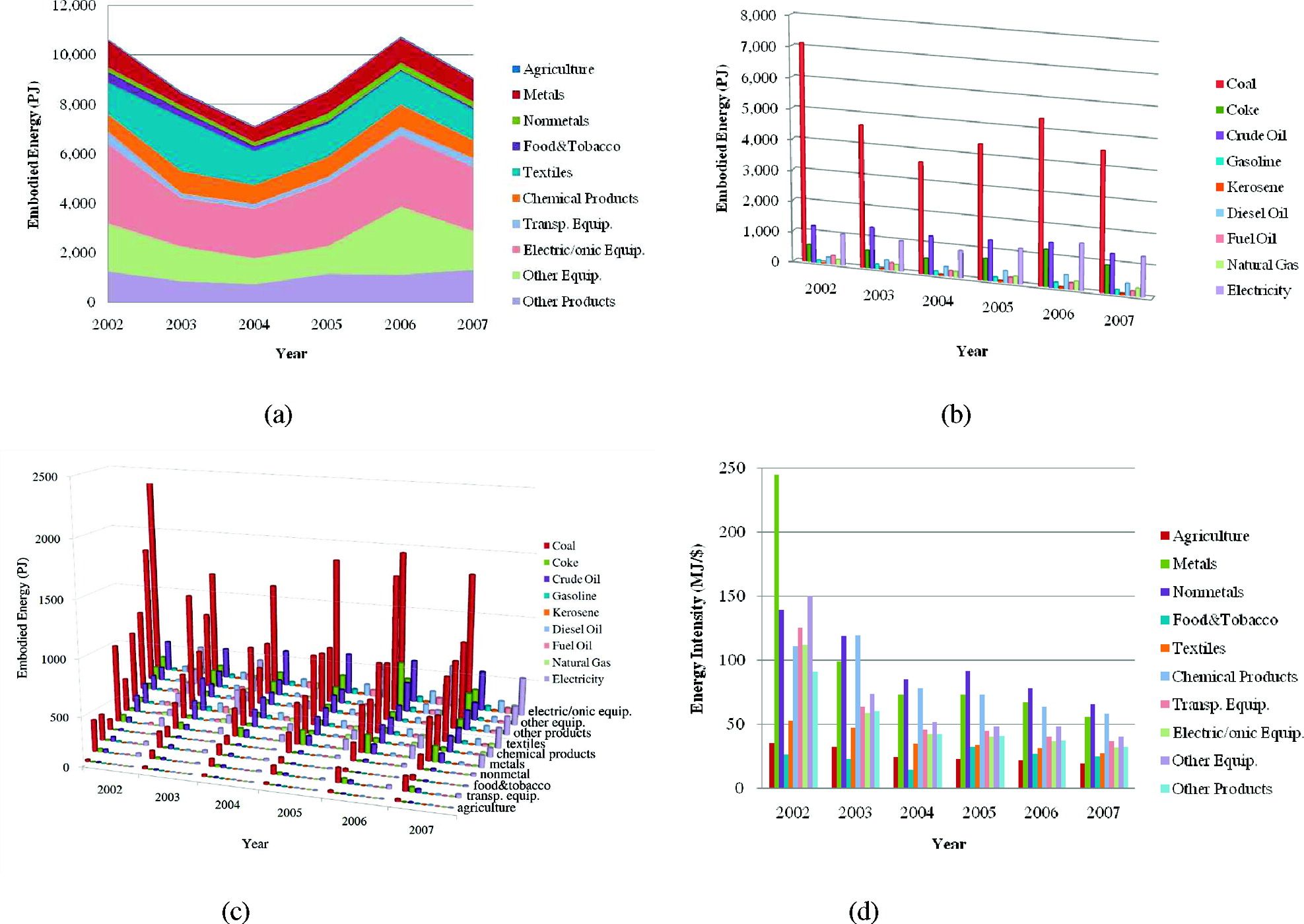Xu, Ming*; Allenby, Braden; Chen, Wei-Qiang
Environmental Science & Technology 2009 43 (9), 3378–3384. DOI: 10.1021/es803142v
Abstract
It is critical to understand environmental impacts embodied in the bilateral trade between China and the United States, given the political, economic, and geographical importance of the two countries and the fact that few studies have investigated this before. This article studies the environmental impacts, particularly energy consumption and air emissions, embodied in the eastbound (from China to the U.S.) trade from 2002 to 2007 using an environmental input−output analysis technique and the adjusted bilateral trade data. In general, trade volume increased until the panic of 2008, and shifting trade patterns cause fluctuating embodied energy and air emissions in trade in China. Results show that embodied energy ranges from 7 to 11 exajoule (EJ) and takes about 12−17% of China’s energy consumption. Embodied CO2 ranges between 400 and 800 Mt and represents about 8−12% of China’s CO2 emissions. SO2 and NOx embodied in the eastbound trade generally grow over this period, from 4.2 to 6.3 Mt and from 1.4 to 2.9 Mt, and account for 10−15% and 8−12% of China’s total emissions, respectively.
Embodied energy in Chinese exports to the U.S. by (a) commodity group, (b) energy type, (c) both, and (d) per unit economic output in each commodity group.
